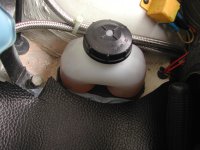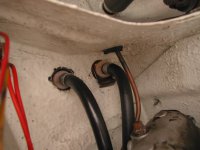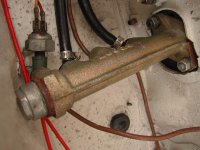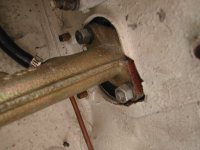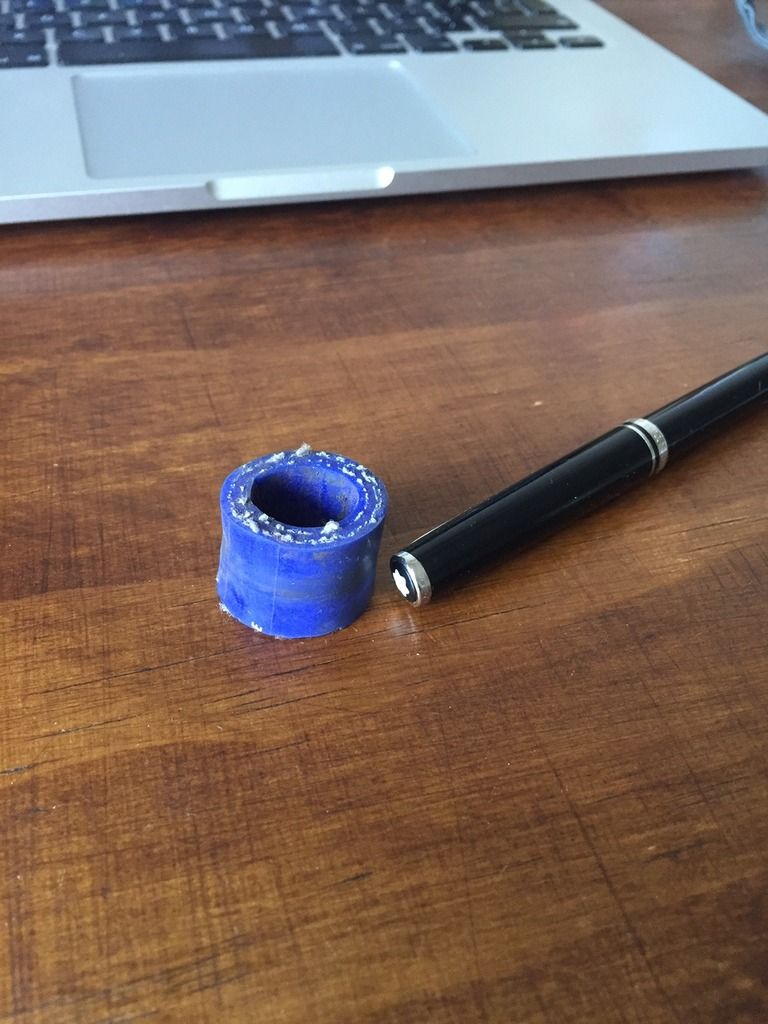Pete145
Member
- Joined
- Jun 2, 2014
- Messages
- 288
- Points
- 85
Hi all,
Since I've had my front disc brake conversion I've had an issue with the brakes sticking on. The mechanic had a look and confirmed that the assembly seems fine and there's no obvious reason why they should be sticking.
When it happens the pedal is "rock" solid and the brake lights are on, which makes me think it's an issue with the master cylinder.
I've heard a few people suggest that a conversion to the bigger 126 brake master cylinder is a wise mod when you go to disc brakes, others say that it's unnecessary, so my first question is related to that.
If I assume it's faulty and I'm going to fit a new master cylinder anyway, should I go for the larger 126 version?
Second question, if the answer to the above is yes, is it a straight swap or do I have to modify the car in any way for the 126 cylinder to fit. I can see that it's physically quite a lot bigger.
Thanks in advance for any words of wisdom!
Since I've had my front disc brake conversion I've had an issue with the brakes sticking on. The mechanic had a look and confirmed that the assembly seems fine and there's no obvious reason why they should be sticking.
When it happens the pedal is "rock" solid and the brake lights are on, which makes me think it's an issue with the master cylinder.
I've heard a few people suggest that a conversion to the bigger 126 brake master cylinder is a wise mod when you go to disc brakes, others say that it's unnecessary, so my first question is related to that.
If I assume it's faulty and I'm going to fit a new master cylinder anyway, should I go for the larger 126 version?
Second question, if the answer to the above is yes, is it a straight swap or do I have to modify the car in any way for the 126 cylinder to fit. I can see that it's physically quite a lot bigger.
Thanks in advance for any words of wisdom!


